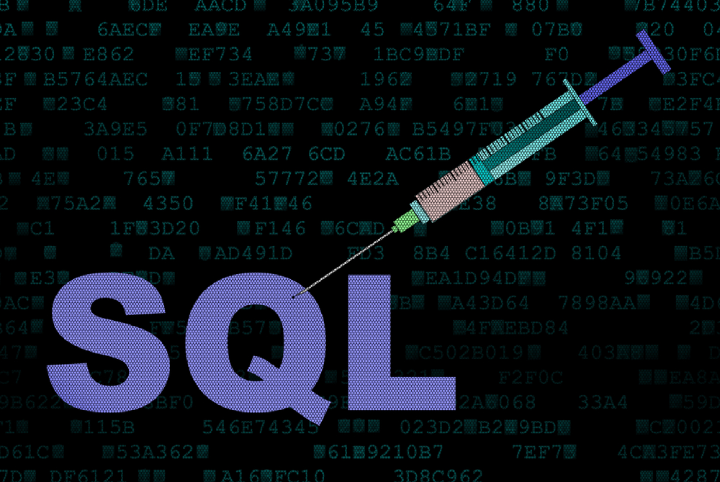
SQL injection (SGLi) is a type of cyberattack that sees malicious SQL code infecting an application after being deployed by a hacker. In the last years, as the Open Web Application Security Project explains, SQL injection attacks have been among the most serious web application security risks.
SQL stands for Structured Query Language, which is considered the standard language for relational database management systems. User input is frequently sent from the website to the database, either to add to it or modify its contents. However, if there is a security vulnerability in the software and user input is not properly validated, the attacker can replace the standard user input with commands and send those to the database itself. If the hack is by SQL injection, this could be a command to ‘dump’ the database, meaning that the attacker would have access to the database’s information and content.

In other words, a successful SQL injection can achieve and read sensitive data alongside modifying it – from deleting it to updating it – and even access administration controls.
What are the consequences of a SQL injection attack?
A company can be heavily and negatively impacted by a SQL injection attack. Most of the time, corporations store sensitive and important data about customers and employees, such as banking details, and information like this is exactly the target of this kind of cyberattack.
There are a few possible consequences to consider. The most immediate one would be the exposing of sensitive company data and the compromising of users’ privacy. As briefly mentioned above, a SQL injection attack can also take control of administration roles and privileges, by gaining access to the system using malicious code. In order to prevent this, it is important that the server does not have many privileges in store.
An attacker can also gain general access to a system since weak passwords and credentials are very easy to crack in SQL exploits. Once a hacker has control over a user’s sensitive data, they can choose to delete it or irreversibly modify it.
What are the different types of SQL injection?
There are three different types of SQL injection: in-band SQL injection, inferential SQL injection and out-of-band SQL injection. Here is what each one entails.
In-band SQL injection
This is the most common type of attack, as it uses the same communication channel for both the infiltration and the stealing of data. An in-band SQL injection attack can either be error-based or union-based. The former allows attackers to gather information about the structure of the database via a fabricated error message which pops up on the server. One can prevent it by disabling error messages after an application is live.
A union-based SQL injection, on the other hand, a UNION SQL operator is used to achieve sensitive information from a database by infiltrating the HTTP response.
Inferential SQL injection
This kind of attack is also called blind SQL injection because there is no actual interaction between the targeted website and the attacker. On the contrary, an attacker observes the response of a user to malicious data payloads that allow them to gain insight into the system’s structure. As it takes longer to complete, this type of attack is less common.
Out-of-band SQL injection
The rarest of them all is the out-of-band SQL injection. This is because, in order to complete it, the attacker needs a whole different channel of communication to gather results. This may happen in case the targeted server is unstable or too slow for other kinds of cyberattacks.
Read more: Vodafone partners with IBM on quantum-safe cybersecurity






